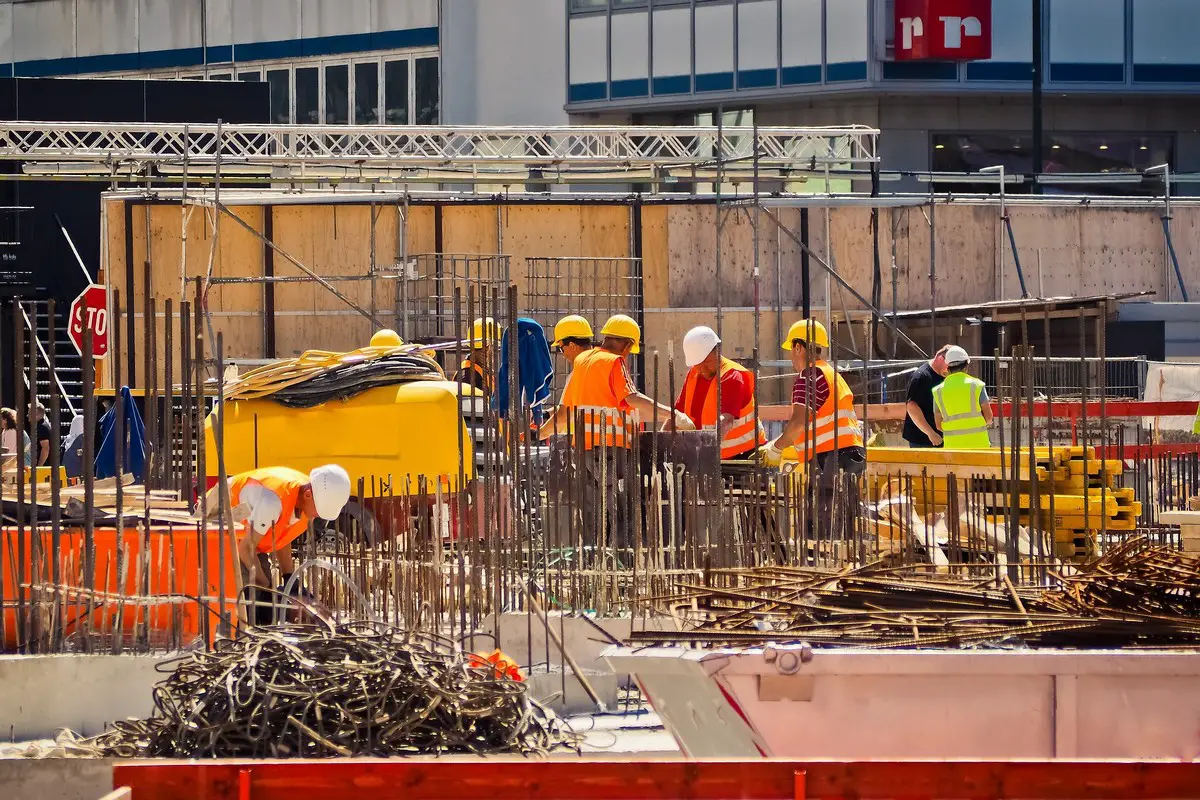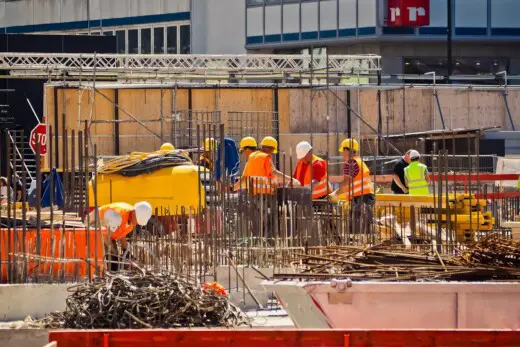What is construction RFI and how to use it advice, Request for quote, Property building document guide
What is Construction RFI and How Do You Use It?
12 October 2022
RFI, or request for information, is an important construction document. It helps the project stakeholders, like subcontractors and clients, to get a clearer view of the project. Therefore, during the planning phase, various ambiguous factors become clear.
Suppose you faced an equipment failure and you used device B instead of device A. When writing an RFI, you must mention such situations in detail to ensure transparency in the process.
When working on a construction project, you must follow the construction RFI template to submit your queries. Many construction managers suggest using software like Bridgit for smooth workflow management. In this post, we will discuss how to write an RFI and how the process proceeds.
The purpose of RFI
The RFI document helps the project stakeholders to get the required information. For example, if a component is missing from the schematic design of the building, you must prepare RFI and send it to the construction manager. They will respond to your query and provide you with the required information.
According to a construction association, a construction project globally has around 800 RFIs. That’s a big number, which clears the need for RIF in the construction industry. You never know when a project member might ask for a specific detail from you.
Different types of construction requests
You will find the documents of requests similar to RFI when you explore the construction industry. Each request document serves a different purpose and directly involves a particular project stakeholder.
You might not want each request during a construction project, but it’s important to know the difference between them. The four types of construction requests include:
Request for quote (RFQ)
RFQ refers to asking costs of specific construction materials and services. Companies send RFQ to:
- Contractor – A person who handles the procurement process and knows what resources are required for a construction project.
- Supplier – They supply construction equipment and materials from the source to the required destination.
- Vendor – They sell construction machinery and other materials like cement, bricks, iron steel rods, and bars.
Request for proposal (RFP)
RFP asks for a detailed version of the project’s information. Its response usually includes a master schedule or a document similar to that which has:
- Activities – Activities included in a construction project like excavation, installation, erection, and plumbing.
- Costs – The required cost in each activity for the allocated construction budget.
- Timelines – Project milestones and their schedules with individual and team performance.
Request for tender (RFT)
This document is created to communicate between the construction manager, client, and sometimes the government body who offered the project. That government body may be the client itself. RFT is a formal document that includes the terms of a construction project agreement.
The RFT’s response might be the contract on which the construction teams work.
Request for information (RFI)
RFI is a document with questions during construction that are necessary to respond to. If the contractor, subcontractor, or construction manager doesn’t respond to RFI, you can’t proceed with the project.
RFI covers almost all construction activities. That’s why no project can reach its completion without submitting RFI in the construction project lifecycle.
How to use RFI?
You already know how complex construction projects can get. To avoid such situations, you must focus on using the RFI document.
Contractors, subcontractors, and clients usually share RFIs to clarify the project’s requirements. With the help of RFI, you can also keep the project directed toward the designer’s vision.
So, let’s see in what cases you can use RFI.
Design clarification
Designers prepare a blueprint of the project to elaborate its tiniest details to the stakeholders. It includes the foundation, support, establishment, roof, ledge, and other building features.
As the construction phase begins, the subcontractor asks about a particular aspect missing from the design document. That’s when you must submit RFI to the concerned designer or architect and wait for their response. Unfortunately, they may forget to mention that aspect in the design document or don’t understand it properly.
Materials substitution
Sometimes the construction material may run short during the project. In such urgencies, you must prepare RFI for material substitution and send it to the contractor. Since that project stakeholder deals with procurement, they will arrange a substitute material and keep the project going.
Identification of construction issues
One of the main purposes of an RFI is to identify construction issues and report them to the manager. However, you must write only one issue in an RFI document. That’s because having more queries in a single document makes RFI ambiguous. In response, you will get the solution to that particular RFI.
Verification of contract terms
Construction projects depend on a terms and conditions document, which includes the following bodies:
- Client – Client’s terms and conditions for the construction project.
- Contractor – Contract terms and conditions.
- Manager – The manager verifies the terms before finalizing the document.
- Government – Development and other relevant authorities who regulate construction activities must give their official approval to begin the project.
Things to include in RFI
You must use a sound RFI template and fill it in step-by-step. That will ensure you follow a proper construction framework for submitting a request. Clients and contractors also observe such things and measure the company’s performance on this scale.
So, here’s everything you must include in your RFI:
- Project name
- Description
- Company
- Project manager
- RFI submission date
- RFI ID
- Level of priority
- Description of the request
- Expected response date
- Question
- Suggested answer
- Other details and attachments
- Issuer’s name
- RFI response date
- Contact details
You can also use construction project management software to prepare a professional RFI document. You will not have to invest time in formatting the document. Instead, brainstorming the problem and drafting it on paper would be enough.
After that, fill out the RFI submission form in the software and send it to the particular stakeholder. You can also respond to an RFI in the same way.
What is construction RFI and how to use it Conclusion
RFI is the most common and useful request document in the construction industry. It helps you understand the project better and make quick decisions. So, follow the above criteria and use construction management software to write the RFI document.
Comments on this guide to What is construction RFI and how to use it article are welcome.
Architecture
Comments / photos for the What is construction RFI and how to use it guide page welcome

